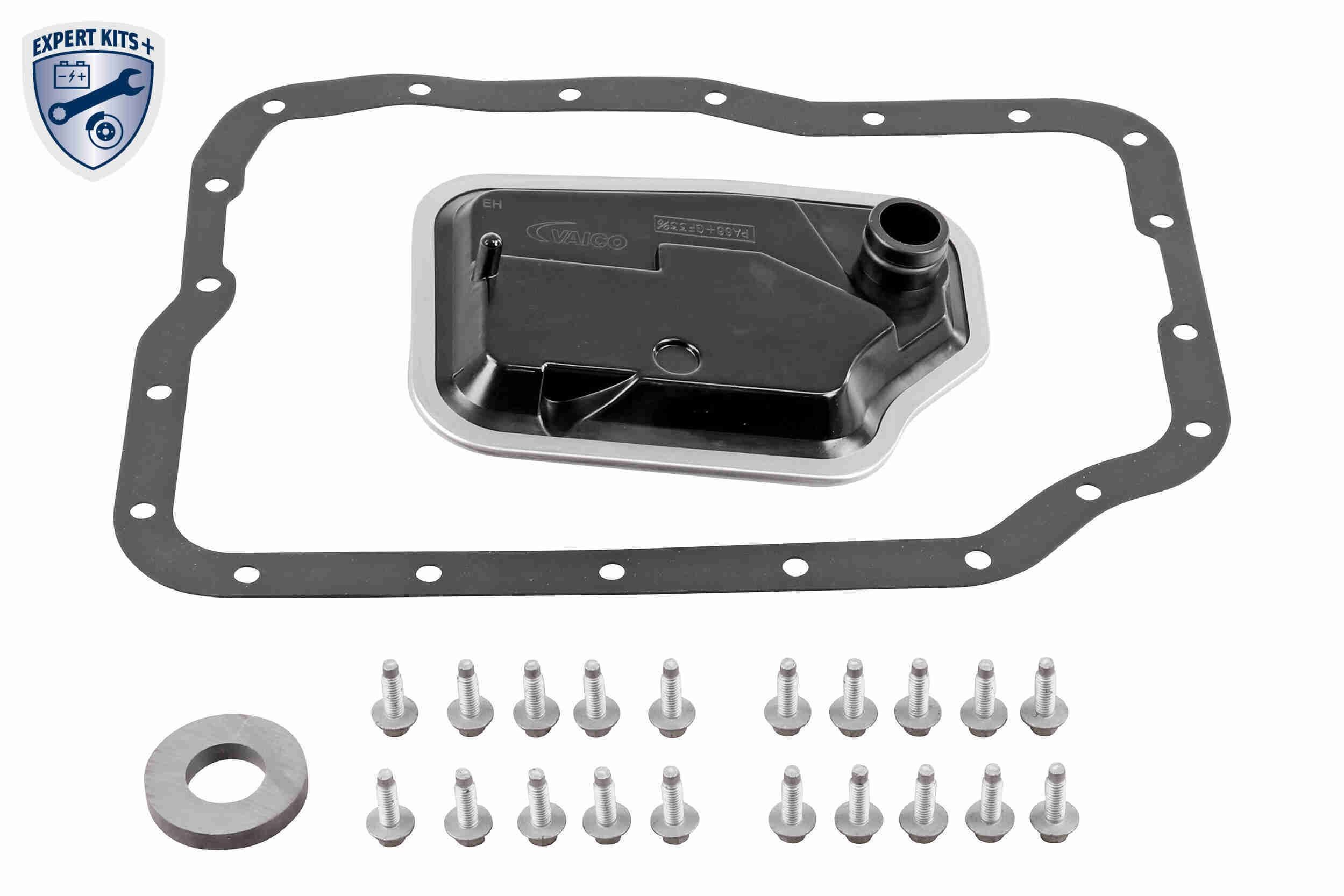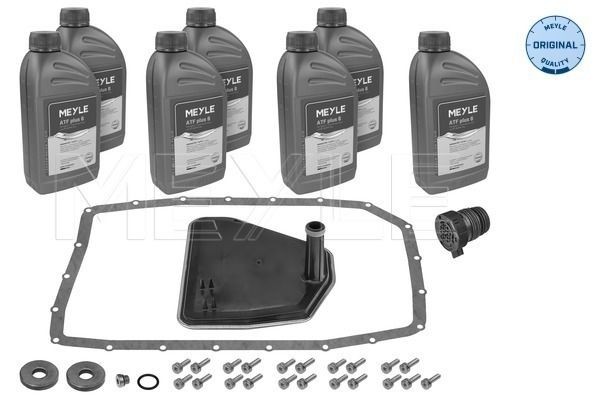
V25-0797-BEK VAICO 5046305 Kit de mantenimiento de caja de cambios automática con junta, con junta anular, EXPERT KITS + ▷ AUTODOC precio y opinión

300 135 1006 MEYLE MOK0037 Kit de mantenimiento de caja de cambios automática con accesorios, Con cant. de aceite para cambio de aceite estándar, ORIGINAL Quality ▷ AUTODOC precio y opinión

Como Medir Y Cambiar El Aceite De Trasmisión Manual O Sincrónica Mazda 2, 3, 6, CX3, CX5 Skyactiv - YouTube

Aceite para transmisión automática MAZDA 3 Berlina (BM, BN) baratos en tienda online de calidad originales

Kendall Guatemala - Si tienes un Mazda 3 del año 2005 al 2012, estos son los lubricantes correctos para tu vehículo. #Kendall #Lubricantes #Motor #ATF | Facebook

714 135 0004 MEYLE MOK0064 Kit de mantenimiento de caja de cambios automática 7L, 4F27E, con accesorios, Con cant. de aceite para cambio de aceite estándar, ORIGINAL Quality MOK0064 ❱❱❱ precio y experiencia


















